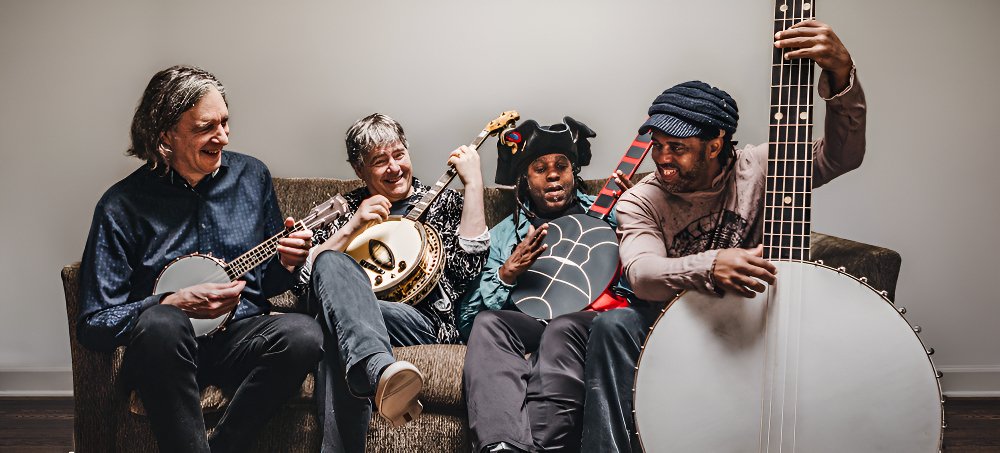
The Banjo Revival: Unleashing the Power of Béla Fleck and the Flecktones
Share
It’s unfortunate how little respect the banjo gets, even in the United States. Many people will say, “You mean that instrument from Deliverance? — wah na – warh nar – warh nar – warh nar – wharrrrrrr….” Writing this, I couldn’t remember the name of the Burt Reynolds film (I sometimes mistake the alliteration with Desperado for some reason), and this is how I searched for it: “the… [um]…banjo… movie…?” Deliverance was fourth on the suggested list. Most people are surprised when they discover notable banjoists including Dolly Parton, Pete Seeger, the Eagles, Mumford & Sons, Fleetwood Mac, Sufjan Stevens, and even Steve Martin. The banjo has a unique and beautiful sound that’s difficult to misplace, and yet more people seem to tune it out than not.
The banjo originated in West Africa, evolved in the Caribbean and the United States, and was popularized by traditional African American music throughout the 1800s. It has since been adopted, it sometimes seems almost exclusively, by bluegrass and traditional country musicians. Until you realize how much conventional rock and folk exercise the five-string instrument. My first banjo was a gift from my ex-wife, and it was a great little banjo to explore the different common styles such as bluegrass (three-finger), clawhammer, and jazz. There was one musician in particular that inspired me to learn this banjo.
Diving into the world of renowned banjoists, when you search for “a banjo virtuoso who effortlessly blends bluegrass, jazz, classical, and world music into a mesmerizing symphony of sound,” there is only one name that you’ll happen upon, and that will continue to come up time and time again, a musical genius who has redefined the boundaries of banjo music—Béla Fleck.
As remarkable as Béla Fleck is, his genius is surpassed only by the talent and creativity of his band, the Flecktones; with members that include the renowned bassists, Victor Wooten, “Future Man” (Roy Wooten, Victor’s brother) on drums, and Howard Levy on harmonica and keyboards, the Flecktones have created a sound that is innovative and awe-inspiring. Together, they push the boundaries of traditional music—creating a genre entirely their own. The eclectic approach of Béla Fleck and the Flecktones blends intricate melodies, complex rhythms, and genius improvisation, producing a signature sound that is both technically dazzling and emotionally resonant. Whether the band's playing a soulful ballad or a fast-paced bluegrass tune, the musicianship of Béla Fleck and the Flecktones is undeniable.
I can’t at all remember how I came to know Béla Fleck and the Flecktones, however, I do know that the song that introduced me to the band was “Sinister Minister,” and from there a landslide of banjo jazz fusion began falling from the skies. This music consumed me. I was discovering how the banjo can work, when played by someone like Bela Fleck, in songs like “Stomping Grounds,” “Whitewater,” “The Message”, and Béla Fleck playing with Abigail Washburn. Although the banjo does, when played along with certain instruments, create a certain disconnect, almost like a separation of sound that isn’t as synergetic as many accompanying instruments in the United States, there is still a certain symbiosis between the disparate sounds, such as when played with the djembe or Bongo drums, listen here.
Throughout his career, Béla Fleck has collaborated with many musical icons, each partnership adding a new dimension to his already vast repertoire. From jazz legends like Chick Corea and Marcus Miller to bluegrass virtuosos like Sam Bush and Jerry Douglas, Fleck’s collaborations have produced some of the most memorable and groundbreaking music of our time. Béla Fleck's musical genius knows no bounds; with his innovative spirit, unparalleled talent, and fearless approach to genre-blending, Fleck continues to test the boundaries of traditional music, inspiring generations of musicians and music lovers along the way.